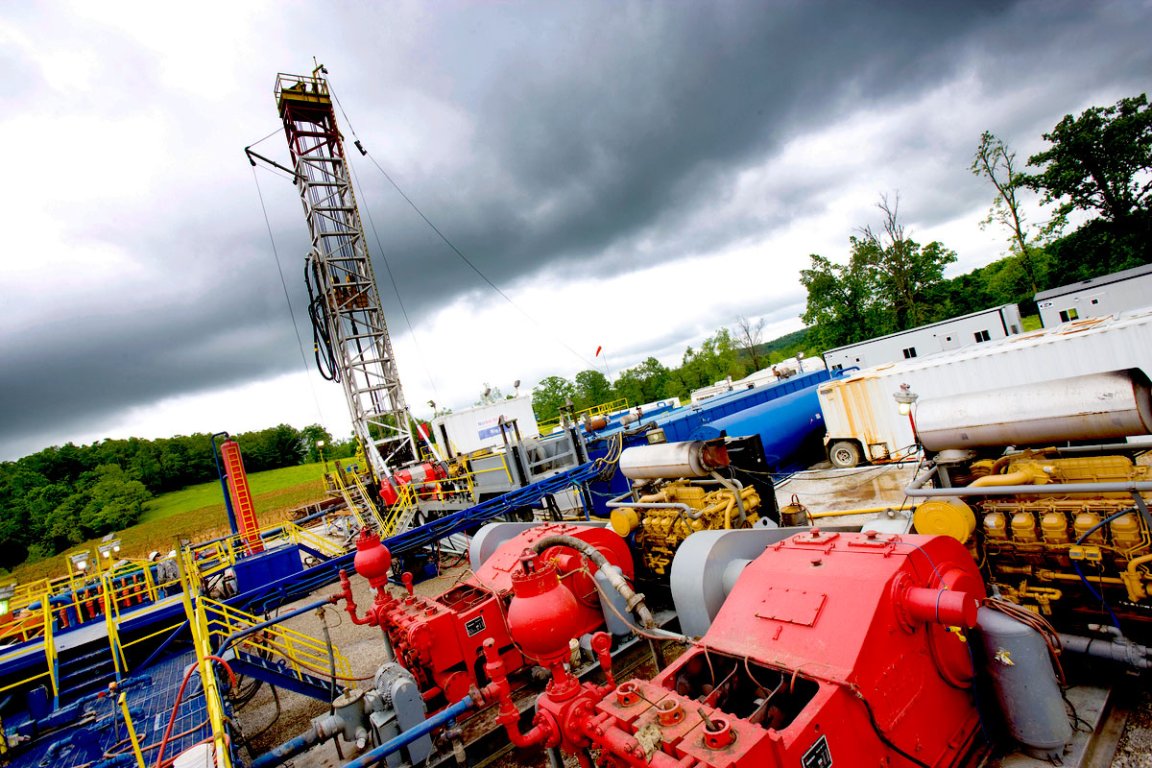
Here’s a cool idea for you. Wouldn’t it be great to remove the excess atmospheric carbon dioxide responsible for warming our planet, and deposit it into underground rocks? It would be, right?
That’s carbon capture, and it’s (kind of) a real thing. Depending on who you talk to, it’s either a promising idea, or an enormous failure.
Soon, though, carbon capture may meet its long-theorized potential. The most recent budget deal, which President Trump signed on February 9, contains tax incentives for companies to invest in carbon capture. The incentive isn’t much, but it might just be enough to help the technology mature, which could lead to more widespread adoption — and, ultimately, could achieve the desired effect on the climate.
Yes, carbon capture facilities already exist. There’s a big one in Texas, and another in Canada.
But the overall consensus is that the technique, as it stands today, is nowhere near mature enough to slow or offset the process of global warming. Some fear that it will never get there, and that the time and money we spend developing it could be better used on techniques already known to work – like reducing emissions from their source. Others say we won’t be able to mitigate the effects of climate change without it.
The new budget initiative gives companies a $50 tax credit for every metric ton of carbon they capture and bury underground. For every metric ton they capture and use in other ways, the government gives the company a $35 tax credit. It’s a significant increase over the previous tax credits ($20 and $10, respectively). But it still doesn’t offset the cost of carbon capture, which could run between $60 and $70 per metric ton, according to a 2015 report from the Office of Fossil Energy. Companies will need to spend an additional $11 per ton to transport and store the carbon.

A tax incentive like that may encourage companies to put carbon capture systems into place, but the technology is still far from efficient enough to put a serious dent in our emissions. Carbon capture itself requires energy, as does converting the carbon into a liquid and transporting it. So as it stands now, carbon capture might actually be adding to the amount of carbon dioxide in the atmosphere.
For carbon capture to make sense, we need technology that is much more efficient and cheaper. There’s a chance that companies seeking to make the most of this substantial tax incentive will invest in the research and development to make carbon capture worthwhile. But, then again, maybe the incentive will simply encourage companies to use this inefficient technology, exacerbating the use of fossil fuels, and driving global warming.
In the end, we’d be better off focusing on cutting our emissions altogether, and employing the carbon capture technology that already exists. That’s the only surefire way to limit the effects of climate change.